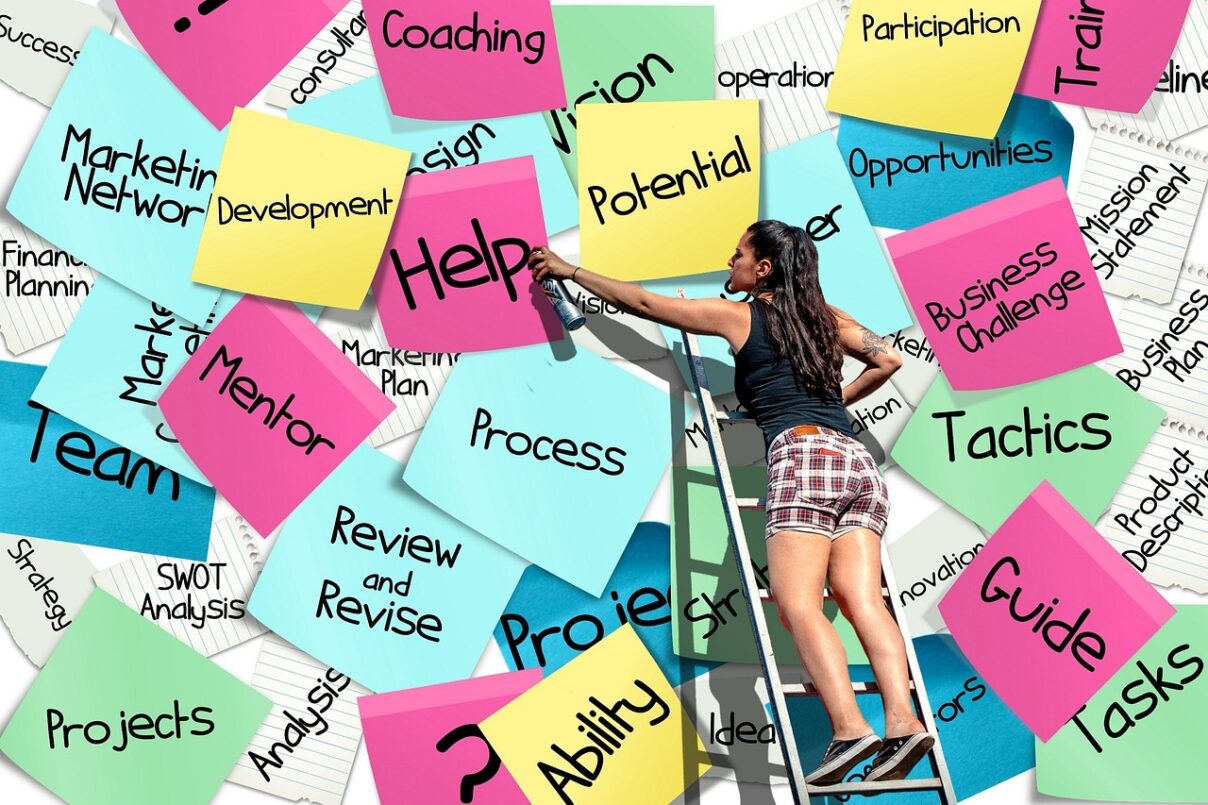Building the Future You Want from Job Descriptions

by Rebena Sanghera, High Performance Coach at WorldSkills UK
Why Are Job Descriptions Important?
Are you planning to change careers and pursue a new direction in your professional life? Do you have a specific job or role that you are interested in? If so, you need to prepare yourself well and make sure that you have the skills and qualifications the employers are looking for. One of the best ways to do this is to use the job specification as a guide and a tool to develop skills for a career transition.
A job specification is a document that describes the main duties, responsibilities, requirements, and expectations of a particular job or role. It usually includes information such as: job title and summary, key tasks and activities, essential and desirable skills and competencies, educational and professional qualifications, experience and knowledge, personal attributes and values, and salary range and benefits.
But a job specification can also help you understand what a sector is looking for in a candidate, and what you need to have for that kind of role. By using the job specification as a starting point, you can:
- Understand what is needed for a role you are interested in
- Assess what your current skill set is and identify your strengths and weaknesses
- Create a Learning Agenda for new skills and improve your existing ones
- Gain relevant experience and demonstrate your potential
Let’s dive into each of these steps in more detail.
What does the Role Need?
The best way to start this is through searching for a selection of job specifications for a role that you are interested in. You begin to see common patterns regarding what the skills, qualifications, experience, competencies, and personality traits are. These are likely what you will be asked for if you went for a similar role.
Take note of them, as they will form the core of your Learning Agenda. Split your entries into technical skills (specific skills that are needed for that job) and soft skills (interpersonal or transferable skills), and prioritise them based on the frequency of coming up. Make sure you note any new jargon for research later.

Assess Yourself
The next step to using job specifications to develop skills for a career transition is to compare your current skill set with the requirements of the job. You need to evaluate what you have and do not have, and identify any gaps or areas for improvement. You can do this by recognising which skills you feel confident about and which ones will need to be developed. There may be some that you will need to learn from scratch. By doing this comparison, you can assess your current skill level and readiness for the job, and determine which areas you need to work on.
Separately, make a note of the experience being requested and in which field.
For each skill you believe you have, write down the following:
- the name of the skill
- where you got it (evidence)
- how you’ve developed it further (experience/projects)
- optionally, what particularly made you successful at it (achievement)
Outlining it this way will help you decide how experienced you are at each of them and if not, what to mark for development in the Learning Agenda.
Learning Agenda
The Learning Agenda is where you have an opportunity to start the journey for the future you!
Take a look at the list of skills you have identified and their priority. Here you need to consider what it will take to further your skills. For each skill, review what will need to happen to achieve this.
Consider if this is formal (certification) or informal learning, as you may have the knowledge but no way to prove or endorse it.

Gain Relevant Experience
Some of this can be done in your current role. There may be opportunities to develop certain skills when working with others as part of a project. It may also be possible to arrange for continuing professional development (CPD) as part of your current role to focus on other skills. Also within work, you could find a mentor that would provide guidance and support.
Outside of work, there may be groups you can join or volunteer with, as well as projects that might be suitable to work on independently. The groups could be formal (such as a sector body) or informal, such as a meetup. This gives you the chance to get acquainted with other professionals too.
It might be that something more formal is needed, in which case you might have to sign up for a course to build the necessary skills.
Always check if your Learning Agenda is still relevant, ideally every three months, as skills being sought after can change.
Finally
Using job specifications to develop skills for a career transition is a smart and effective way to prepare yourself for your next move – but only if you check frequently for changes. Hopefully, this article has inspired you to take action and pursue your career goals, especially when you have all the information you need at your fingertips!
About the Author
Rebena Sanghera is a former TechUP Tutor, currently working as High Performance Coach at WorldSkills UK and as Leadership and Management Facilitator at the Education Training Foundation. She has been in the Digital Education sector for twenty years and is still loving it. She is a BCSWomen Early Careers Advocate and Education Liaison for BCS Nottingham and Derby, as well as a coach with the BAMEeducators Network.
